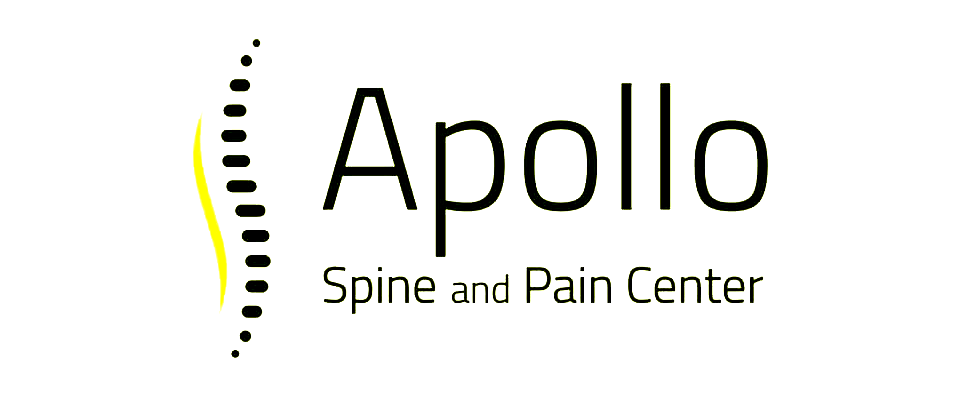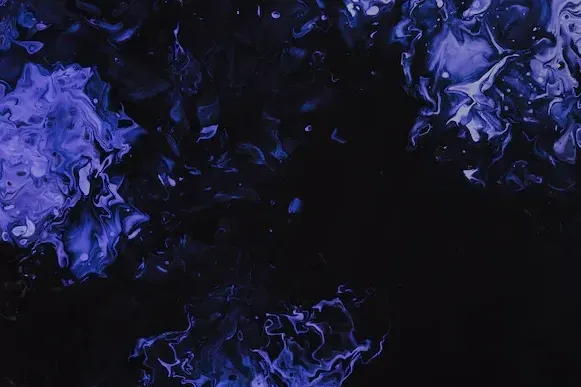Eliminating Post Herpetic Neuralgia Pain for Lasting Relief
Post herpetic neuralgia (PHN) is a type of nerve pain that happens after a shingles infection. Shingles, caused by the same virus that causes chickenpox, affects some people by leaving them with long-lasting pain even after the rash is gone. This pain can be sharp, burning, or aching and can make it hard to enjoy daily activities.
The pain from PHN can stick around for months or even years. It's more common in older adults and those with severe cases of shingles. Sometimes, even a light touch or a gentle breeze can trigger this pain, which can make simple activities like dressing or sleeping very uncomfortable.
Understanding PHN and knowing the options for treatment can make a big difference in managing the pain. There are many ways to help reduce the symptoms and improve your quality of life. From medications to advanced interventional techniques, learning about your options is the first step to feeling better. At Apollo Spine and Pain Center, we are here to help you find the right treatments to get rid of PHN pain.
What Is Post Herpetic Neuralgia?
Post herpetic neuralgia (PHN) is a long-lasting nerve pain that follows a shingles outbreak. Shingles is caused by the varicella-zoster virus, the same virus that causes chickenpox. After you recover from chickenpox, the virus stays in your body. Many years later, it can reactivate as shingles, causing a painful rash.
PHN occurs when the shingles virus damages the nerves. Even after the rash heals, these damaged nerves can send pain signals to your brain. This pain can linger for months or even years. It is more common in people over 50, but anyone who has had shingles can develop PHN.
The pain from PHN can be excruciating and can impact your daily life. It can be a burning, stabbing, or aching pain that doesn't go away. Understanding what PHN is and how it develops is the first step to finding relief. Knowing that your pain is not just in your head can help you seek and accept the proper treatments.
Identifying Symptoms of Post Herpetic Neuralgia
Post herpetic neuralgia presents several symptoms that can vary in intensity. Here are the common signs to look for:
1. Constant Pain: You might feel a continuous burning, aching, or throbbing pain in the area where the shingles rash once was.
2. Sharp, Stabbing Pain: Some people experience sudden, sharp pains that feel like electric shocks.
3. Sensitivity to Touch: The affected area can become highly sensitive. Even light touches, like clothing or a gentle breeze, can cause extreme pain.
4. Itching and Numbness: You may also feel itching, tingling, or numbness in the affected area.
5. Muscle Weakness: Sometimes, PHN can cause muscle weakness in the affected region.
Being able to identify these symptoms can help you understand what you are experiencing. Early detection allows for better management and treatment. If you or a loved one show these signs, it is important to seek medical advice. The sooner you start managing the symptoms, the better your chances of reducing the pain and improving your quality of life.
Effective Medical Treatments for PHN
Managing PHN pain often starts with medications. Over-the-counter pain relievers like acetaminophen or ibuprofen can help with mild discomfort. For more severe pain, doctors may prescribe stronger medicines like opioids, but these are generally used for short periods due to their addictive nature.
Antidepressants and anticonvulsants are commonly used to treat PHN. Drugs like amitriptyline and nortriptyline, which are antidepressants, can help manage nerve pain by altering how your brain perceives pain. Anticonvulsants like gabapentin and pregabalin are also effective in reducing pain signals from the nerves.
Topical treatments can provide localized relief. Lidocaine patches or capsaicin creams are applied directly to the painful area. These treatments can numb the area or reduce pain over time. In some cases, antiviral medications are used to mitigate the virus's long-term effects, although their direct impact on PHN is still under research. Consulting your doctor to tailor the treatments to your specific condition is essential for effective pain management.
Interventional Pain Management Techniques for PHN
When medications aren't enough, interventional pain management techniques can be very effective for treating PHN. One common approach is nerve blocks. These involve injecting anesthetic drugs near the affected nerves to block pain signals. This can offer significant relief and help you manage severe pain without relying heavily on medications.
Another advanced technique is spinal cord stimulation (SCS). This involves implanting a small device under the skin that sends electrical signals to the spinal cord. These signals can help block pain messages from reaching the brain. SCS can provide long-term pain relief for many who suffer from PHN.
Regenerative medicine therapies, like Platelet-Rich Plasma (PRP) injections, also show promise in treating PHN. These treatments use components from your blood to promote healing and reduce pain. PRP injections can be particularly useful in repairing damaged tissues and nerves, offering a natural way to alleviate pain. Consulting your pain management specialist can help you decide which interventional techniques are best suited for your condition.
Conclusion
Living with post herpetic neuralgia can be very challenging, but understanding the condition and knowing your options for treatment can make a big difference. From medications to interventional techniques, there are many ways to manage and reduce PHN pain. Learning about these options can help you take control of your health and improve your quality of life.
At Apollo Spine and Pain Center, we specialize in helping people manage chronic pain conditions like PHN. Our team is dedicated to providing personalized care and effective
pain management in Cumming, GA, tailored to your needs. Don’t let PHN control your life. Schedule an appointment today to explore the best options for your pain relief.












